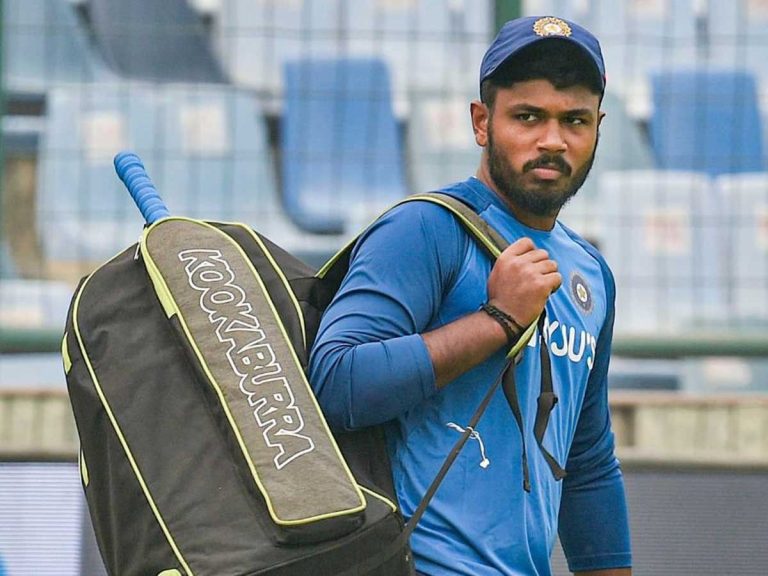
The World Test Championship has provided a fascinating lens through which to examine Test cricket’s most challenging scenario: second innings batting under pressure. Australia’s journey through both WTC cycles (2021-2023 and 2023-2025) offers compelling insights into how elite teams navigate the psychological and technical demands of batting when matches hang in the balance.
The Championship Context
Australia’s success in the World Test Championship has been built on consistency and adaptability. Having won the inaugural WTC final against India at The Oval in 2023 and currently competing in the 2025 final against South Africa at Lord’s, their approach to second innings batting has been a defining factor in their championship credentials. The team qualified for the 2025 final with a points percentage of 67.54, maintaining an unbeaten series record throughout the cycle.
Technical Challenges of Second Innings Batting
Second innings batting presents unique challenges that differentiate it from first innings play. The pitch typically offers more assistance to bowlers, with variable bounce, turn, and seam movement becoming more pronounced. Australia’s batsmen have had to adapt their techniques accordingly, showing greater patience and defensive solidity when conditions deteriorate.
The current WTC final against South Africa exemplifies these challenges. Australia was bowled out for 212 in their first innings, with Kagiso Rabada claiming 5/51. This score, while modest, reflects the difficulty of batting on a Lord’s surface that offered considerable assistance to the pace bowlers. The team’s ability to recover from such positions in second innings scenarios has been crucial to their WTC success.
Key Performance Indicators
Australia’s batting statistics in the 2023-2025 WTC cycle reveal impressive consistency. The team maintained the best batting average of 36.95 among all participating nations, demonstrating their ability to construct meaningful partnerships even under pressure. This average becomes more significant when considering that many of these runs came in challenging second innings situations where pitches had deteriorated and pressure was at its peak.
The leadership of experienced batsmen has been vital. Usman Khawaja emerged as Australia’s leading run-scorer in the 2023-25 cycle with 1,422 runs across 19 Tests at an average of 41.82. His opening partnership with David Warner (before Warner’s retirement) and subsequently with other partners has provided the foundation for many successful second innings performances.
Case Study: The 2023 WTC Final Success
Australia’s victory in the 2023 WTC final against India at The Oval provides an excellent case study of effective second innings batting. The team successfully chased down targets and built decisive partnerships when the championship was on the line. Their ability to handle the pressure of a global final while adapting to English conditions demonstrated the mental fortitude that separates championship teams from mere contenders.
The psychological aspect of second innings batting cannot be understated. Unlike first innings, where teams can afford to play more freely, second innings often require calculated aggression balanced with defensive resilience. Australia’s approach has consistently shown this balance, with batsmen willing to occupy the crease when conditions demand patience while capitalizing on scoring opportunities when they arise.
Individual Contributions and Adaptability
Steve Smith’s performances have been particularly noteworthy in pressure situations. His record at Lord’s, where he has now accumulated over 525 runs, surpassing legendary figures like Warren Bardsley and approaching Don Bradman’s tally of 551 runs, showcases his ability to perform in high-stakes second innings scenarios. Smith’s technique against both pace and spin in deteriorating conditions has been exemplary.
The middle order’s contribution, featuring players like Travis Head, Marnus Labuschagne, and Cameron Green, has provided the stability needed for successful second innings batting. Their ability to rebuild after early wickets or accelerate when chasing targets has been crucial to Australia’s WTC success.
Strategic Approach and Mental Resilience
Australia’s coaching staff, led by Andrew McDonald, has emphasized the importance of mental preparation for second innings batting. The team’s approach involves detailed analysis of pitch conditions, opposition bowling strategies, and situational awareness. This preparation has enabled Australian batsmen to make informed decisions about shot selection and risk assessment.
The current WTC final demonstrates this preparation in action. Despite the challenging first innings total of 212, the team showed resilience in their bowling performance to restrict South Africa and create opportunities for a competitive second innings. The lower-order partnership between Alex Carey and Mitchell Starc, which added 61 runs for the eighth wicket, exemplifies the team’s fighting spirit and refusal to surrender in difficult situations.
Challenges and Areas for Improvement
While Australia’s second innings batting has been largely successful, certain vulnerabilities have been exposed. The collapse to 73/7 in the current WTC final highlights the ongoing challenge of maintaining consistency against high-quality pace bowling in helpful conditions. The team’s tendency to lose wickets in clusters remains a concern that could prove decisive in closely contested matches.
The retirement of David Warner has also created new challenges for the opening combination. Finding a reliable partnership at the top of the order for second innings batting, where the pressure is often most intense, remains an ongoing project for the team management.
Conclusion: Championship Pedigree
Australia’s second innings batting performance throughout the World Test Championship has demonstrated the characteristics of true champions: adaptability, resilience, and the ability to perform under extreme pressure. Their success in the 2023 final and competitive position in the ongoing 2025 final reflects a team culture that embraces the challenges of Test cricket’s most demanding scenarios.
The combination of experienced campaigners like Smith and Khawaja with emerging talents has created a batting unit capable of handling diverse conditions and pressure situations. While individual performances may fluctuate, the collective approach to second innings batting has been a cornerstone of Australia’s WTC success.
As Test cricket continues to evolve, Australia’s approach to second innings batting serves as a template for other nations aspiring to championship success. Their ability to combine technical proficiency with mental toughness in the most challenging batting conditions exemplifies why they remain the standard-bearers in the longest format of the game.
The ongoing WTC final will provide another chapter in this story, with Australia’s second innings batting potentially determining whether they can successfully defend their championship title. Regardless of the outcome, their approach to batting under pressure has already established them as the benchmark for modern Test cricket excellence.






